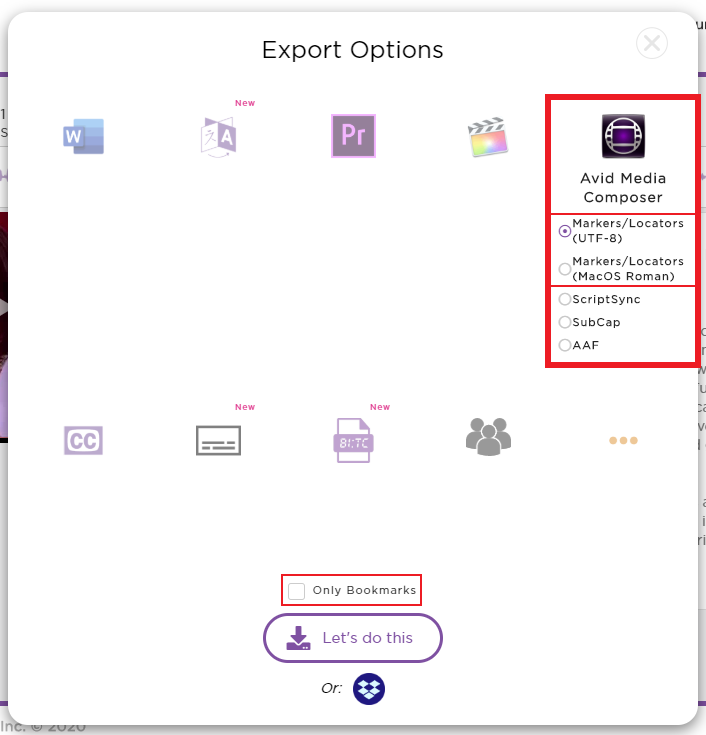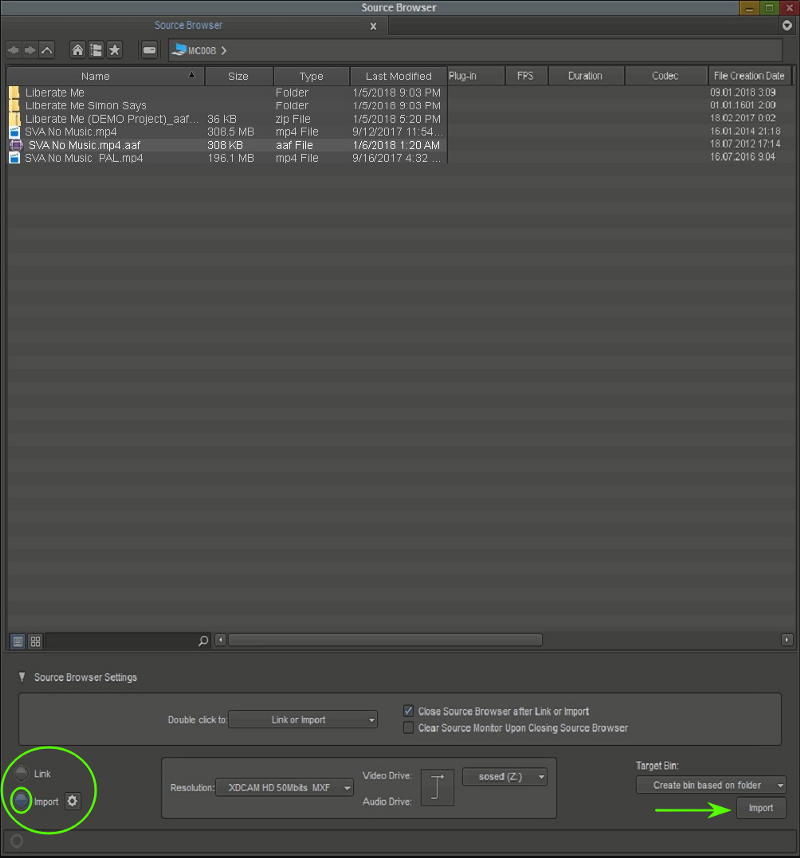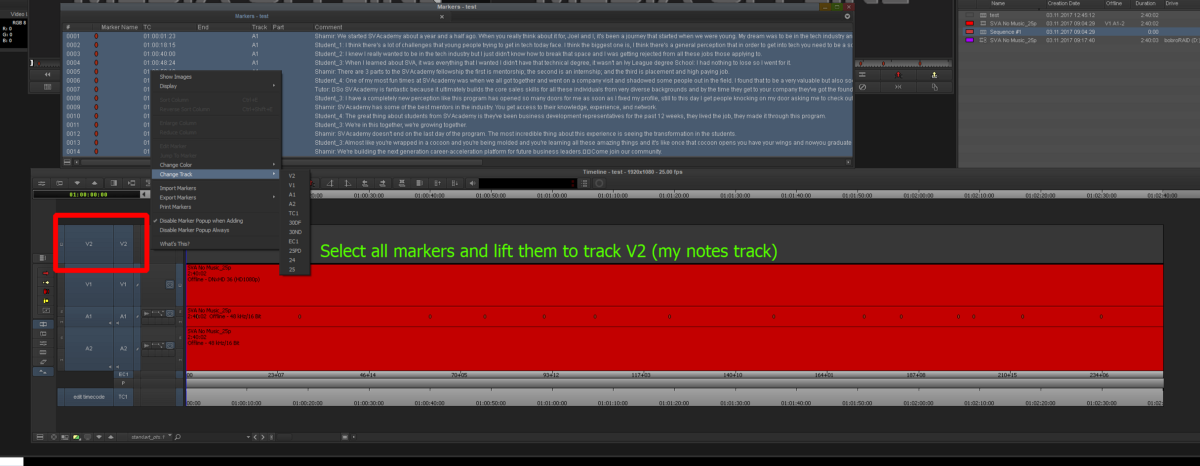
.png)
Import AAF transcript markers directly into Avid Media Composer
Wouldn't it be a time-save if you could mark the key parts of your transcript and then have those corresponding clips and their transcripts available in your editing software for you or your editor to immediately start cutting with? YES! And now you can!
.png)
If you are working with Avid Media Composer (or any other non-linear editing software), you can now transcribe your interviews in Simon Says and directly import the AAF transcript into your post production software.
Here's how:
- Once your media file (that is, the audio or video file you uploaded) is transcribed in Simon Says, click the Export button.

2. A pop-up will appear (like in the image below). Select "Avid Media Composer" from the options and you will probably want to check "only bookmarks" so you can just get the markers that correspond to the key parts of the interview.
If you don't select "only bookmarks" you will get your media file with its entire transcript. Each row on Simon Says will correspond to a new marker in Avid Media Composer.

Click "Let's do this" and download the ZIP file. Unzip it and you will find an *.aaf file. Put that AAF file in the same folder as your audio / video file that you transcribed for easy re-linking.
When you export an AAF sequence from Simon Says, it contains only metadata without the source clip. This means you have to manually import into Avid Media Composer the source clip and to do so without overwriting the markers/transcript data. The next steps show how.
3. Open Avid Media Composer and create a Project that matches your file's specs. Then go to the Source Browser, select "Import" (versus Link) at the bottom left, and find the AAF file. "Import" it.

For older versions of Avid Media Composer that do not have Source Browser, go to File and then click Import Media:

4. Your sequence will look similar to the below image:

The transcript markers will be on the track A1. Lift them up to another audio or video track from the Markers window.



5. Now replace the offline file with your local file (the one you uploaded to Simon Says) by either linking to the source file or importing it.
Move the markers to the desired track by highlighting all the markers in the Markers window; right click; and then "Change Track".

While you are in the Markers window and you've highlighted all the markers, you may want to see the relevant thumbnails: right click and select "Show Images".
6. TaDa!
In summary: when you import an AAF file you get two or more items in the bin. One of them is the sequence itself and the other is the clip's metadata. When Avid can't find the source media it will show you 0:00 duration for the media.
To get rid of that, link or import original source file and replace your offline media on the timeline with it (duration should match). Then delete the offline unlinked media clip from the bin. Check the markers were not overwritten. (If you overwrite the markers, they will disappear from the markers window).
Now your sequence media is online with the transcript markers on it.
Happy editing!

Now how much time will this save in identifying the right quotes in the right clips for your edit?!
To get started with transcribing and exporting with Simon Says, sign up for free.
*If you have multiple files in your Simon Says project and you want to bring each one directly into Avid Media Composer, you will need to follow the above steps for each file individually.



